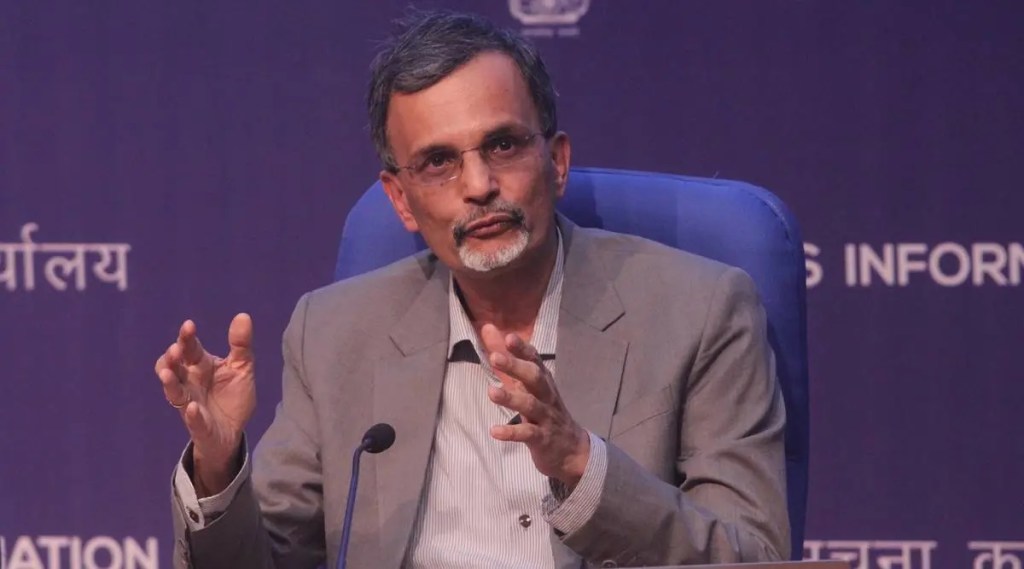Amid concerns over a weakening of private consumption after the release of pent-up demand immediately after the pandemic, the finance ministry on Friday said a strengthening of the same is evident. “The steady consumption demand is backed by resilient urban demand conditions. The recovery in rural consumption demand is expected to be strengthened by the forecast of a normal monsoon in FY25,” the ministry said in its monthly economic report for February.
The report, authored by economists in the ministry headed by V Anantha Nageswaran cited indicators like burgeoning air passenger traffic and sale of passenger vehicles, rising digital payments, improved consumer confidence to argue that demand is rising.
The ministry’s assessment comes close on the heels from positive commentary on private final consumption expenditure, which according to National Statistical Office data, grew just 3.5% on year in Q3FY24.
Stating that consumption growth isn’t equitable yet, HSBC Global Research wrote: “There are several reasons to believe that consumption growth is not as slow as GDP data suggests. Consumer goods imports, personal services, and non-housing personal loans have been rising quickly. We believe the private consumption data will be revised up in subsequent GDP revisions.”
The finance ministry also said with an uptick in private investment and inflation trending down, the economic outlook for the next fiscal looked positive. It, however, hasn’t made any definite growth estimates for the next year, while Nageswaran had said earlier the FY25 GDP expansion could be around 7%. An increase in domestic household savings will be necessary to finance private sector capital formation in the economy, the economists said.
They also reiterated that inclusion of Indian bonds in Bloomberg bond index from January 2025 should bolster capital inflows.
On the inflation front, the report said that the pick-up in summer sowing is likely to help reduce food prices. “Core inflation is trending downwards, indicating a broad-based moderation in price pressures. The pick-up in summer sowing is likely to help reduce food prices,” as per the report.
Real GDP growth of 8.4% in Q3FY24 was largely driven by higher gross fixed capital formation at 10.6% on year due to the Centre, states and CPSEs’ thrust on capex.
Despite a marginal sequential improvement from Q2 to Q3, overall consumption growth continues to remain feeble below the pre-pandemic average of around 7%. A combination of factors, including a deficient monsoon and persistent food inflation, has exerted pressure on rural demand sentiments, Care Ratings said recently.
The GDP growth estimate for FY24 has been revised upwards from 7.3% to 7.6% in the second advance estimates, highlighting the enduring strength of the Indian economy, According to the ministry’s monthly report. “Increased demand for residential properties in tier-2 and tier-3 cities augers well for furthering construction activity,” the economists said.
Non-farm employment has revived, improving the capacity to absorb the labour leaving agriculture, they said. The ascent of manufacturing sector employment is expected to be marked by upscaling of enterprises and sunrise sectors emerging as catalysts for generating quality employment, they added. The economist said India’s inflation outlook for the upcoming months is positive.
On the external front, the narrowing merchandise trade deficit and the rising net services receipts are expected to result in an improvement in the current account balance in FY24. “In FY25, however, the current account deficit will bear watching,” the economists said.
Improving global investor confidence on India has started reflecting in foreign portfolio investment flows. “The announcement by Bloomberg that India would be included in its bond index from January 2025 should bolster inflows, buoyed by the fiscal prudence that the government has demonstrated over the years,” they said. On the whole, India looks positively towards the dawn of FY25, they added.

